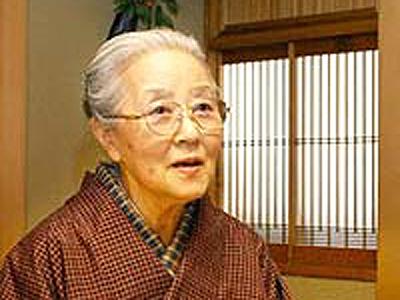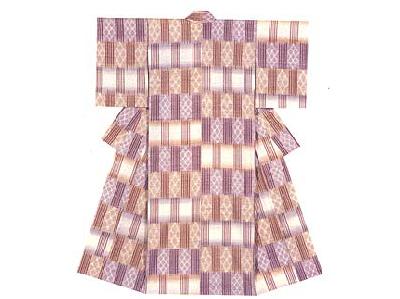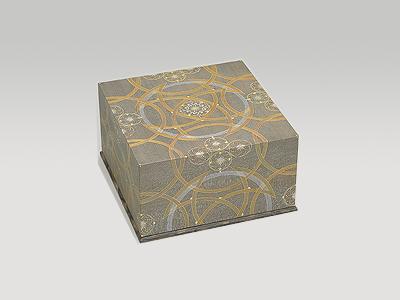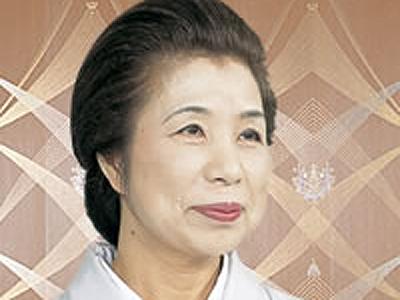|
Masunaga Optical Mfg Co., Ltd is the oldest eyeglass maker in Japan and located in Fukui City, Fukui Prefecture, one of the three biggest eyeglass frame producing districts in the world.
Masunaga Eyeglass was designed by Kazuo Kawasaki who was born and raised locally. The eyewear was awarded Silmo d’Or at the Silmo Eyeglass trade show held at Paris in 2000.
Without using screws and by applying lightweight and flexible beta titanium in its frame, Masunaga eyeglass has achieved a high level of comfort for the wearer. By attaching the lenses to the frames at only one point, it is designed so that the vision is not distorted when the arms are flexed at the temple points. The lenses and the pupils are always equidistant.
Masunaga eyeglass, born from a concept of “smart and high technology”, achieved functionality and nobleness realized by the combination of the Kazuo Kawasaki’s industrial design and Matsunaga’s superb techniques.
Masunaga Eyeglass was designed by Kazuo Kawasaki who was born and raised locally. The eyewear was awarded Silmo d’Or at the Silmo Eyeglass trade show held at Paris in 2000.
Without using screws and by applying lightweight and flexible beta titanium in its frame, Masunaga eyeglass has achieved a high level of comfort for the wearer. By attaching the lenses to the frames at only one point, it is designed so that the vision is not distorted when the arms are flexed at the temple points. The lenses and the pupils are always equidistant.
Masunaga eyeglass, born from a concept of “smart and high technology”, achieved functionality and nobleness realized by the combination of the Kazuo Kawasaki’s industrial design and Matsunaga’s superb techniques.
| [→より詳しい記事を見たい方はこちら] | |
| [+ADDRESS] | 
|

















